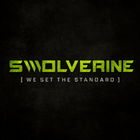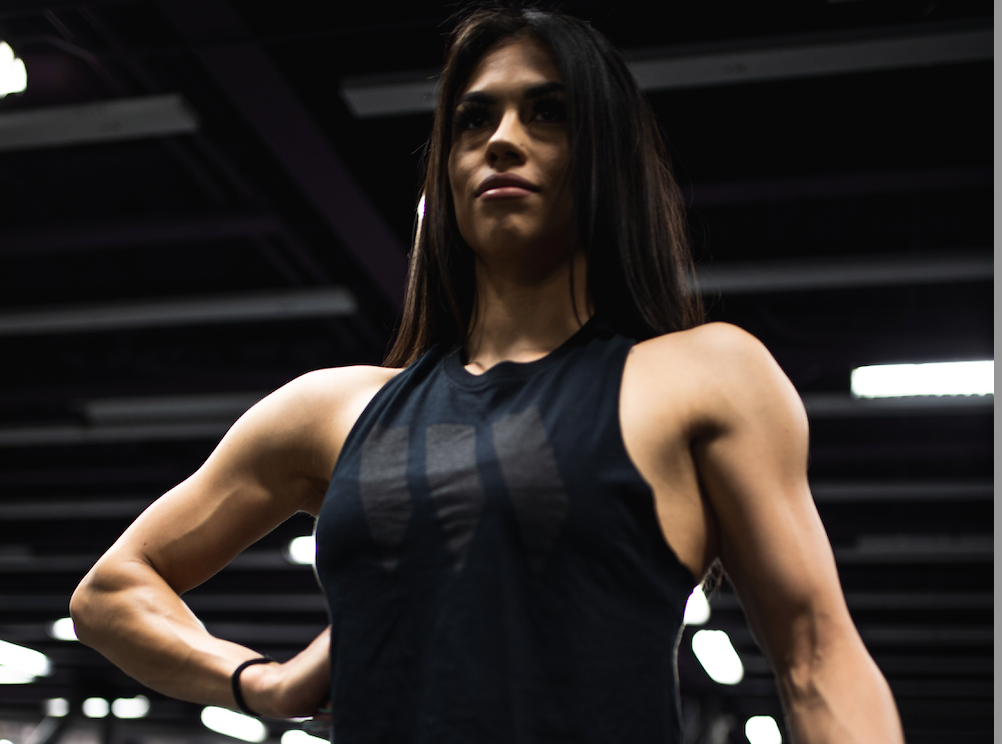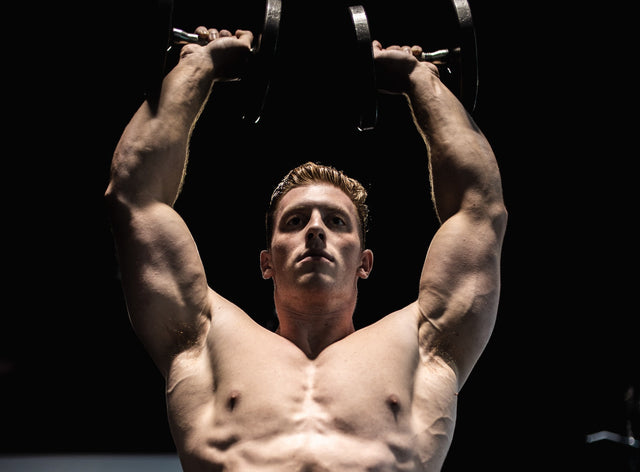Are you torn between the sculpted physique of bodybuilding and the raw power of powerlifting? Both strength sports offer unique challenges and rewards, but choosing the right one can set the tone for your fitness journey. Bodybuilding emphasizes aesthetics, focusing on creating symmetry and definition through a variety of exercises and nutrition strategies. In contrast, powerlifting hones in on three major lifts—squat, bench press, and deadlift—prioritizing brute strength and explosiveness.
Each path promises strength and discipline, but the goals align differently with personal aspirations. Whether you're aiming to cut for a competition or simply want to boost your lifting prowess, understanding these distinct disciplines is essential.
In this article, we’ll delve into the fundamentals of bodybuilding and powerlifting, helping you make an informed decision on which strength sport is right for you. Prepare to ignite your passion for fitness as we explore the pros and cons of each approach!
Bodybuilding vs. Powerlifting: Key Differences, Benefits, and Training Approaches
Overview of Bodybuilding
Bodybuilding is a sport focused on developing a muscular, symmetrical, and aesthetically pleasing physique. Athletes achieve this look through a combination of resistance training, cardiovascular exercise, and strict nutritional strategies.
Training and Technique
Bodybuilders emphasize targeting all major muscle groups using both compound movements (like squats and bench presses) and isolation exercises (like bicep curls or leg extensions). Programs are carefully structured to optimize training volume, frequency, and intensity, with routines often adjusted based on physique goals and recovery needs. The main training goal is to stimulate muscle hypertrophy—an increase in muscle cell size Schoenfeld, 2010.
Nutrition in Bodybuilding
Nutrition is foundational in bodybuilding. Athletes often follow high-protein diets to support muscle repair and growth, combined with moderate carbohydrates for energy and healthy fats for hormone function. Meal timing, macronutrient tracking, and supplementation (such as protein powders, creatine, and EAAs) play crucial roles in recovery and body composition Tipton, 2004.
Overview of Powerlifting
Powerlifting is a competitive strength sport centered on three lifts: the squat, bench press, and deadlift. Unlike bodybuilding, where aesthetics take center stage, powerlifting’s primary focus is on maximal strength output.
Powerlifting Training Principles
Training programs revolve around perfecting form and progressively increasing load on the three main lifts. Accessory exercises (such as Romanian deadlifts or tricep pushdowns) are added to improve weak points and support overall strength gains. The training style generally favors lower volume with higher intensity, aligned with principles of progressive overload Zourdos et al., 2016.
Nutrition in Powerlifting
Nutrition for powerlifting aims to support strength and performance. Diets typically include adequate caloric intake, high protein consumption, and ample carbohydrates for glycogen replenishment. While body composition matters, especially in weight-class competitions, powerlifters often have more flexibility in dietary structure compared to bodybuilders Slater & Phillips, 2011.
Key Differences Between Bodybuilding and Powerlifting
| Aspect | Bodybuilding | Powerlifting |
|---|---|---|
| Primary Goal | Aesthetic physique (muscle size, symmetry, low body fat) | Maximal strength in squat, bench press, and deadlift |
| Training Focus | Hypertrophy, high-volume routines, isolation + compound | Strength development, low-rep, high-load compound lifts |
| Nutrition Strategy | Precise, cyclic cutting and bulking | Structured but more flexible, strength-supportive |
| Supplementation | Protein, creatine, BCAAs, pre-workouts, fat burners | Protein, creatine, joint support, carb powders |
Aesthetic vs. Performance
Bodybuilding emphasizes the look of the physique, while powerlifting prioritizes the function—the actual amount of weight lifted. As a result, the two sports require different mentalities, disciplines, and outcomes.
Benefits of Bodybuilding
1. Physical Transformation and Aesthetic Development
Through resistance training and disciplined eating, bodybuilders can achieve low body fat, increased lean muscle, and superior symmetry. This physique transformation can boost self-image and confidence Antonio et al., 2015.
2. Musculoskeletal and Cardiovascular Health
Regular strength training improves bone density and joint integrity, reducing the risk of injury and degenerative diseases like osteoporosis Watson et al., 2018. Incorporating cardio further improves heart health and endurance.
3. Mental Discipline and Personal Growth
Sticking to a rigid training and diet plan requires a high degree of mental fortitude. Over time, this cultivates resilience, goal-setting habits, and self-discipline that transfer into other areas of life.
Benefits of Powerlifting
1. Raw Strength and Performance Gains
Powerlifting is unmatched for building maximal strength. Regular training improves not only lifting numbers but also functional strength for everyday tasks and athletic performance Krzysztofik et al., 2021.
2. Bone Density and Joint Support
Heavy resistance training boosts bone mineral density, enhancing long-term skeletal health. The repeated execution of technical lifts also improves motor control and joint stability Turner & MacLean, 2020.
3. Goal Orientation and Confidence Building
Setting and achieving personal lifting records fosters a sense of accomplishment and empowerment. The process of consistent progress can be deeply fulfilling and motivational, enhancing self-worth and resilience.
Training Regimens and Nutrition: Bodybuilding vs. Powerlifting
Training Regimens: Bodybuilding vs. Powerlifting
Bodybuilding Training
Bodybuilding training regimens are designed to maximize muscle hypertrophy and sculpt a symmetrical, aesthetic physique. Programs typically include both compound movements (such as squats, bench presses, and rows) and isolation exercises (like lateral raises and tricep extensions), targeting all major muscle groups.
Workouts often follow a high-volume, moderate-to-heavy weight structure with controlled tempo and time under tension, all of which stimulate hypertrophy Schoenfeld, 2010.
Cardiovascular Integration
In addition to resistance training, bodybuilders incorporate cardiovascular exercise to enhance fat loss, metabolic health, and endurance. Popular methods include:
-
Steady-State Cardio (LISS) for fat-burning
-
High-Intensity Interval Training (HIIT) for time-efficient conditioning
-
Circuit Training for muscular endurance and calorie burn
The amount and style of cardio are adjusted depending on whether the athlete is in a bulking or cutting phase.
Powerlifting Training
Powerlifting training centers around three core lifts:
-
Squat
-
Bench Press
-
Deadlift
The main focus is on progressive overload, perfecting technique, and increasing maximal strength output in each lift. Workouts are typically lower in volume but higher in intensity, using heavy loads and fewer reps.
Accessory Movements and Periodization
To support these main lifts, powerlifters use accessory exercises (e.g., good mornings, pull-throughs, close-grip bench presses) to correct imbalances and increase stability.
Most lifters follow a periodized training structure, dividing the year into:
-
Hypertrophy Phase – build foundational muscle
-
Strength Phase – increase load capacity
-
Peaking Phase – prepare for maximum lifts during competition
Periodization helps athletes avoid burnout and reach their peak performance at the right time Grgic et al., 2017.
Nutrition for Bodybuilders and Powerlifters
Bodybuilding Nutrition
Bodybuilders follow precise, goal-driven nutrition plans that prioritize:
-
High protein intake for muscle repair and growth
-
Moderate carbohydrates to fuel training
-
Healthy fats for hormone function and recovery
Their diets are often structured into bulking (caloric surplus) and cutting (caloric deficit) phases. This cyclical approach allows bodybuilders to add lean muscle mass and later shed body fat to reveal muscle definition Phillips & Van Loon, 2011.
Common bodybuilding supplements include:
-
Whey protein
-
Creatine monohydrate
-
Branched-chain amino acids (BCAAs)
-
Multivitamins
-
Fat burners or thermogenics (during cutting)
Powerlifting Nutrition
Powerlifters require a calorie-dense diet to support strength gains, muscle recovery, and performance output. Key priorities include:
-
High protein to maintain muscle mass under heavy training
-
Carbohydrates for glycogen replenishment and energy
-
Fats for hormone regulation and joint support
While not always as strict as bodybuilding diets, powerlifters often follow structured meal plans, especially when competing in a weight class. Supplements like creatine, beta-alanine, and joint-support formulas are commonly used to enhance performance Helms et al., 2019.
Choosing the Right Sport for Your Goals
Bodybuilding May Be Right for You If...
-
You value aesthetics and physique transformation
-
You enjoy high-volume training and structured eating
-
You're motivated by visual progress and body symmetry
-
You want to compete in physique competitions or fitness modeling
Benefits include:
-
Improved body composition
-
Enhanced self-confidence
-
Mental discipline and goal setting
Powerlifting May Be Right for You If...
-
You're driven to lift heavy and break personal records
-
You prefer technical skill development in fewer lifts
-
You enjoy strength-focused programming
-
You want to compete in strength competitions
Benefits include:
-
Increased functional strength
-
Greater bone density and joint resilience
-
Mental grit and performance satisfaction
Bodybuilding and powerlifting are both powerful fitness pursuits, each offering unique paths to physical transformation and personal growth. Whether your passion lies in muscle aesthetics or raw strength, the key is aligning your training and nutrition with your individual goals.
🎯 Still not sure which path is right for you? Try combining both! Many hybrid athletes reap the benefits of size, shape, and strength through cross-discipline training.
Conclusion: Making the Right Choice for Your Fitness Journey
Choosing between bodybuilding and powerlifting is a personal decision that depends on your fitness goals, preferences, and lifestyle. Both sports offer unique challenges and rewards, and understanding their differences is essential for making an informed choice. Bodybuilding focuses on achieving a sculpted, aesthetically pleasing physique through rigorous training and disciplined nutrition. In contrast, powerlifting prioritizes raw strength and performance in the squat, bench press, and deadlift.
Whether you choose to pursue bodybuilding or powerlifting, the key to success lies in dedication, hard work, and consistency. Both sports require a commitment to training, nutrition, and recovery, but the rewards include improved physical health, increased confidence, and a sense of accomplishment. By understanding the distinct aspects of each discipline, you can align your goals with the right sport and embark on a fulfilling fitness journey.
Ultimately, the choice between bodybuilding and powerlifting comes down to your personal aspirations and what you enjoy most. Both sports offer the opportunity to challenge yourself, achieve your goals, and improve your overall well-being. So, take the time to explore each discipline, consider your goals, and make the decision that aligns best with your fitness journey.







